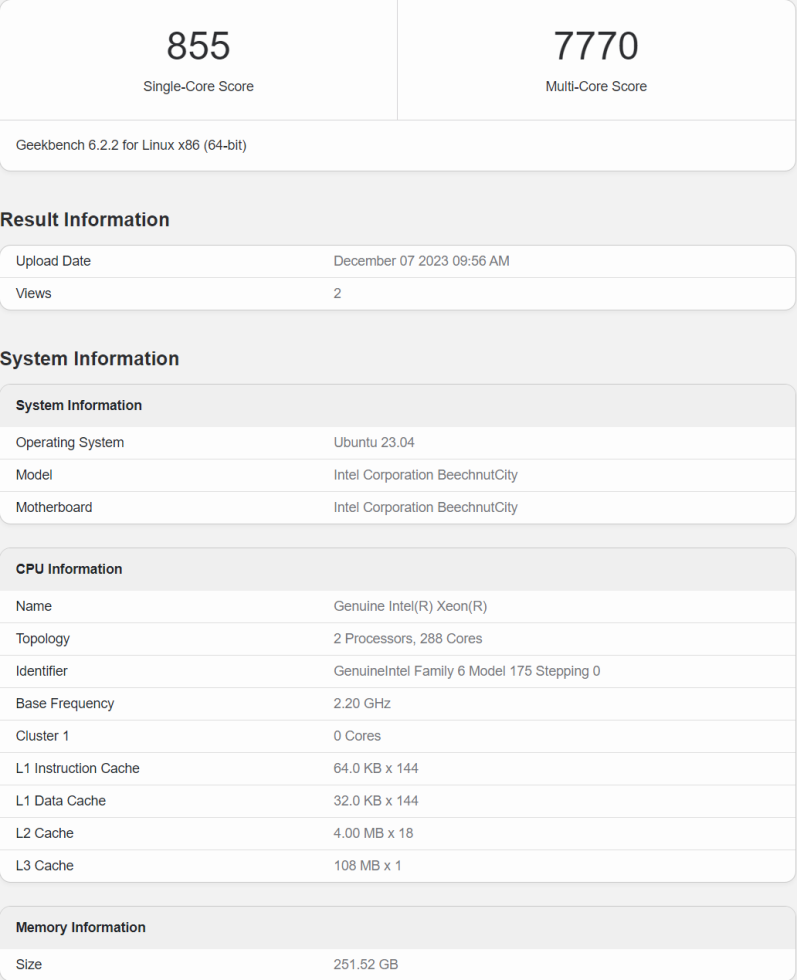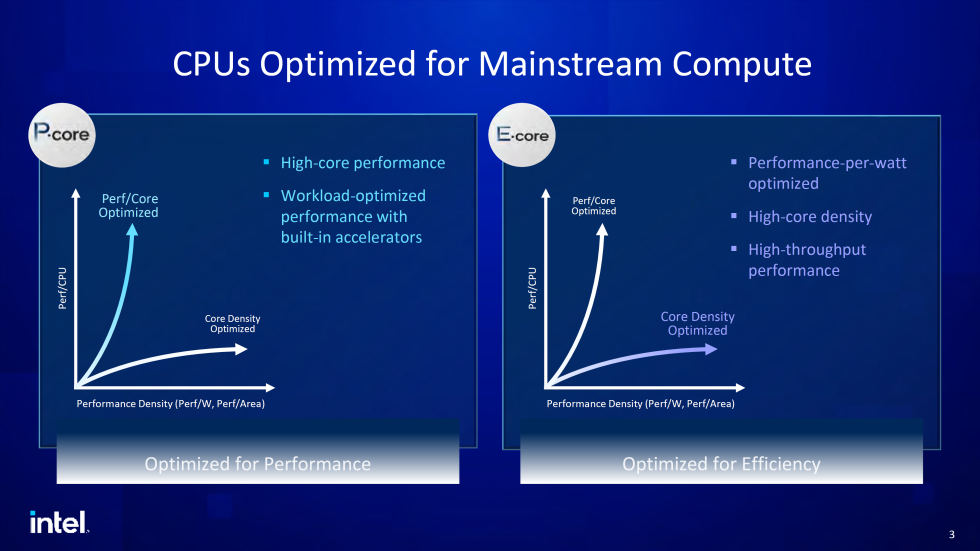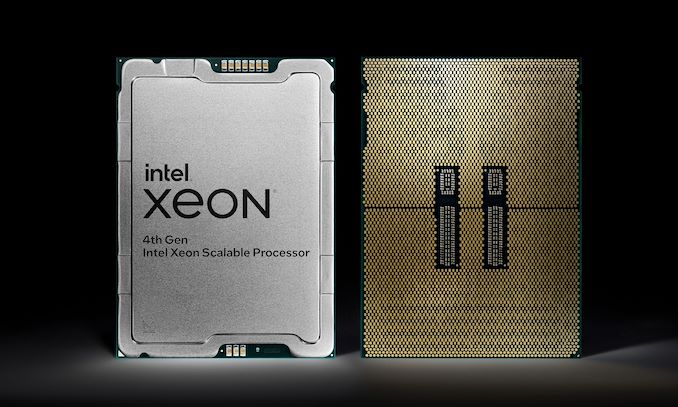Intel has released more information about its upcoming Sierra Forest Xeon CPUs, which will be equipped with the optimized Sierra Glen E-Core. This core is an improved version of the Crestmont core that will be integrated into future Meteor Lake and Arrow Lake client CPUs. The Sierra Forest Xeon CPUs will be available in 144 SP (Stream Processors) and 288 AP (Execution Units) configurations.
The first sign of the 144-core variant has now appeared in the Geekbench 6 benchmark database. The chip runs on the Beechnut City platform, which offers a 2S design with support for 32 DDR5 DIMMs. The platform features the LGA 4677 socket and supports up to 350W CPU TDPs and up to 88 PCIe Gen5 lanes. The chip is expected to have TDPs of up to 200W and will be available in both 1S and 2S servers.

The special Intel Sierra Forest Xeon CPU has 144 e-cores and 144 threads. Each chip has a base clock frequency of 2.20 GHz and a considerable amount of cache. There is 108 MB of L3, 64 MB of L2, 4 MB of L1 data and 9 MB of L1 instruction cache. The CPU runs on a 2S platform, which means that two chips are used and there are 288 cores in total. The CPU is used together with 256 GB DDR5 memory. The performance of the CPU seems rather low, although one could expect better results due to the number of cores and the cache. However, it seems that this CPU is based on an early ES design.

AMD has positioned its Bergamo product line with Zen 4C for cloud data centers, offering impressive computing power and efficiency. The CPUs have a higher core count than Intel’s E-core CPUs and, with 256 threads, offer a significant advantage over Sierra Forest’s 144-thread design. AMD EPYC CPUs also offer significantly more cache than Sierra Forest, with up to 384 MB of cache on the top-of-the-line Bergamo SKU. Although Intel has 12.5% more cores than Genoa, there are no additional threads available due to the difference in architecture. Intel will introduce the 5th generation of Emerald Rapids CPUs next week on December 14th. This will be followed by the introduction of Sierra Forest CPUs in the first half of 2024. These two generations will eventually be replaced by the Granite Rapids family, which will be powered by P-Cores.
Source: Benchleaks































8 Antworten
Kommentar
Lade neue Kommentare
Veteran
Mitglied
Urgestein
Urgestein
Urgestein
Urgestein
Urgestein
Urgestein
Alle Kommentare lesen unter igor´sLAB Community →